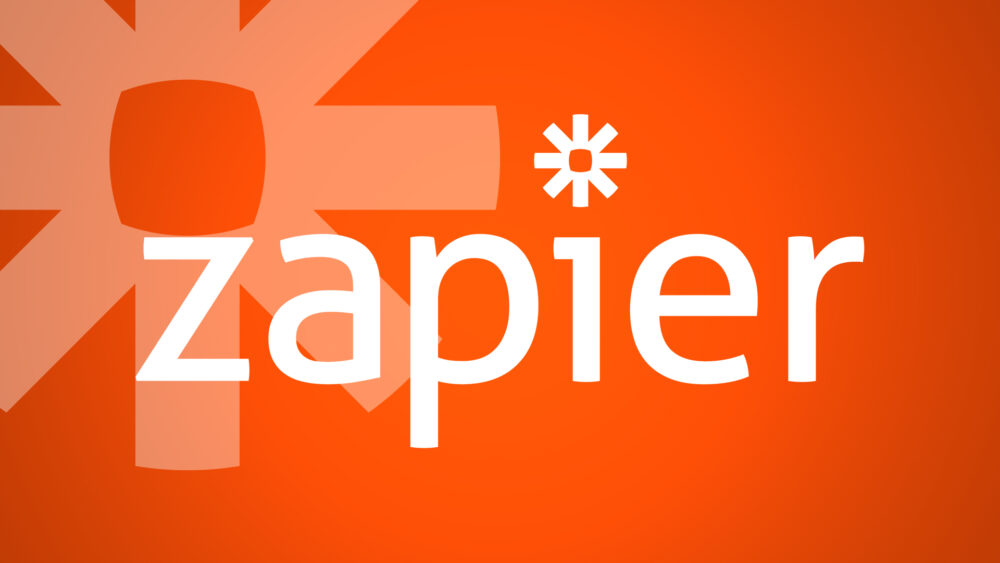
Introduction
In today’s fast-paced business environment, companies are constantly seeking ways to optimize their operations and stay ahead of the competition. Zapier AI and Zapier Central have emerged as game-changing automation tools that connect various applications and services, enabling businesses to streamline their workflows and boost efficiency. These platforms have gained significant traction in recent years, particularly in the realm of supply chain management.
Transformative Impact of Zapier AI and Zapier Central
Zapier AI and Zapier Central are pioneering solutions designed to streamline complex business processes. By automating data and task transfer between apps, these tools significantly reduce manual efforts and minimize errors. A study by Zapier found that companies using their platform save an average of 10 hours per week on manual tasks, allowing them to focus on strategic initiatives.
Moreover, these platforms offer centralized management, enabling users to monitor and adjust all operations from a comprehensive dashboard. This simplifies oversight and facilitates quick changes when needed. With enhanced transparency through advanced tracking and analytics, businesses can gain real-time insights, improve decision-making, and ensure accountability.
Scalability is another key advantage of Zapier AI and Zapier Central. These tools grow with your business, handling increased complexity without losing performance, making them ideal for expanding operations. The user-friendly interface makes sophisticated automation accessible to all users, democratizing technology use within any organization.
In-Depth Use Case:
Retail Logistics Optimization
To illustrate the practical application of these tools, let’s explore how a mid-sized retail chain used Zapier AI and Zapier Central to address inventory and order fulfillment challenges.
The company faced frequent inventory discrepancies and inefficient order processing. By implementing Zapier AI and Zapier Central, they automated inventory updates, synchronizing data in real-time across sales channels and warehouses. They also streamlined order processing by automating data flow from sales platforms to logistics providers, ensuring accuracy and speed.
The implementation process took approximately 3 weeks, which included setting up the necessary integrations, testing the automations, and training the team on the new workflows. The main challenge encountered during the process was ensuring that the data flows between systems were accurate and reliable.
Simple yet effective automations, such as automated alerts for inventory and order statuses and automated reordering to maintain optimal inventory levels, kept teams proactive and efficient. The adoption of these tools led to a 30% reduction in delivery delays and significant improvements in inventory accuracy, boosting customer satisfaction and operational cost efficiency.
Conclusion
The integration of Zapier AI and Zapier Central into your business can significantly enhance operational efficiency and offer strategic advantages. As these tools continue to evolve, we can expect to see even more advanced features, such as predictive analytics and AI-driven decision making, that will further optimize supply chain processes.
As we continue to embrace digital transformation, these tools serve as critical assets in navigating the complexities of modern supply chains. I invite you to share your experiences with AI tools in your operations. Have you tried Zapier AI or Zapier Central? What improvements have you noticed? Join the discussion below and let’s exchange insights!
Next Feature
Stay tuned for our next article, where we will explore AI-driven CRM tools like Salesforce Einstein and Microsoft Dynamics 365 AI, tailored to revolutionize customer relationship management.
#SupplyChain #AutomationTools #ZapierAI #ZapierCentral #Efficiency #DigitalTransformation